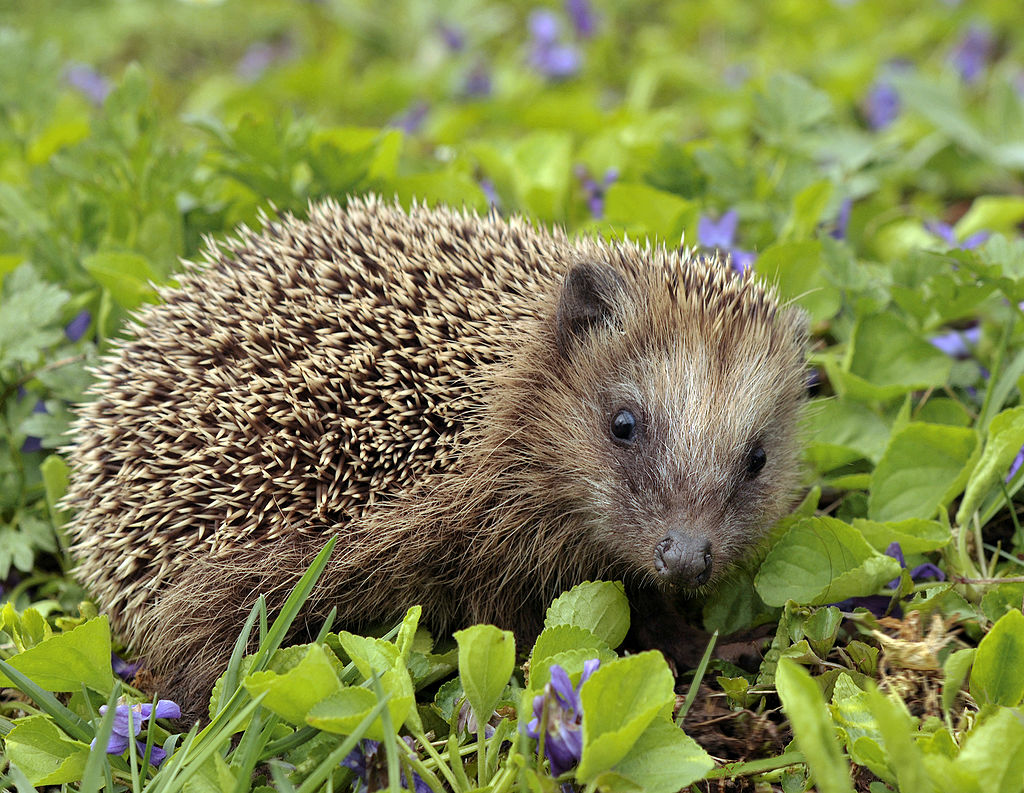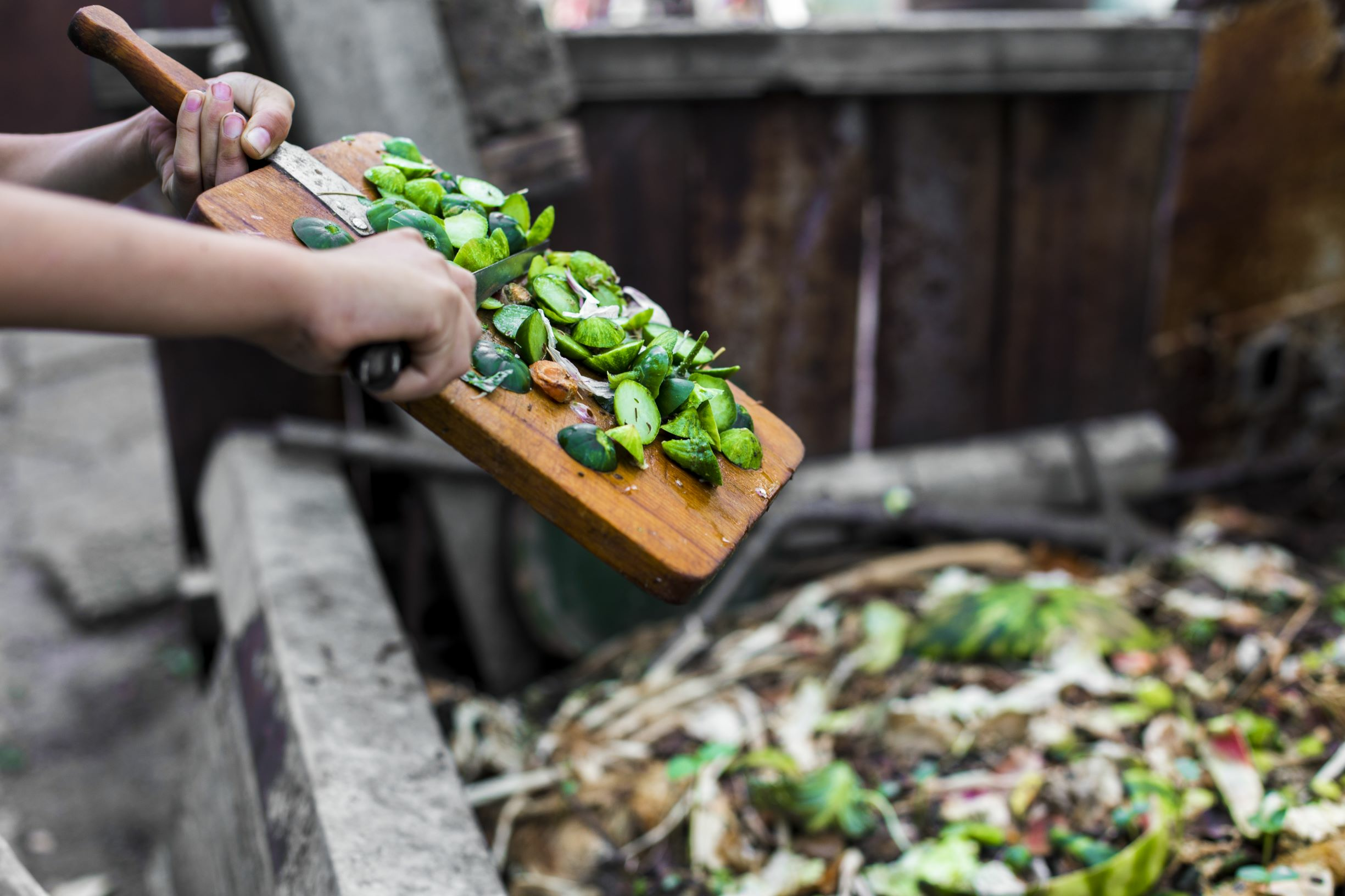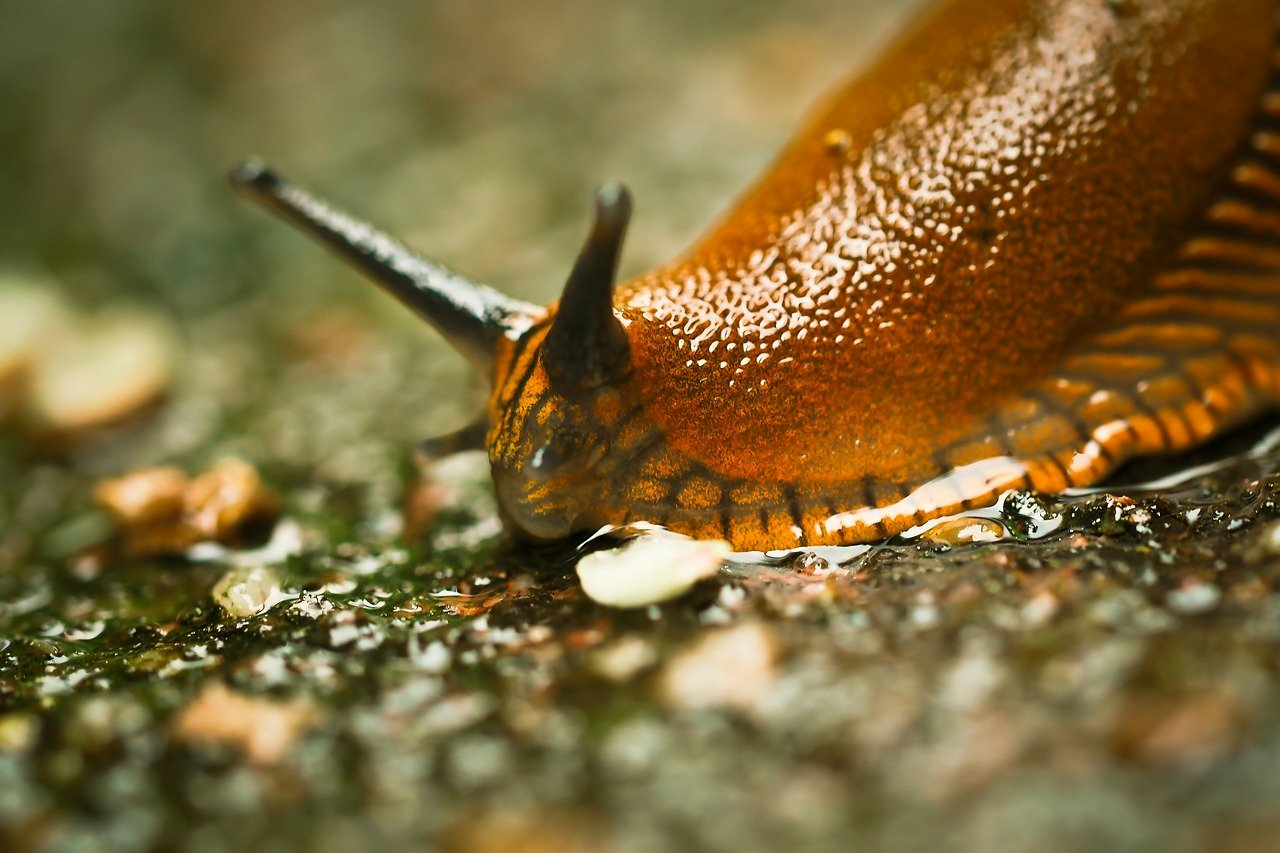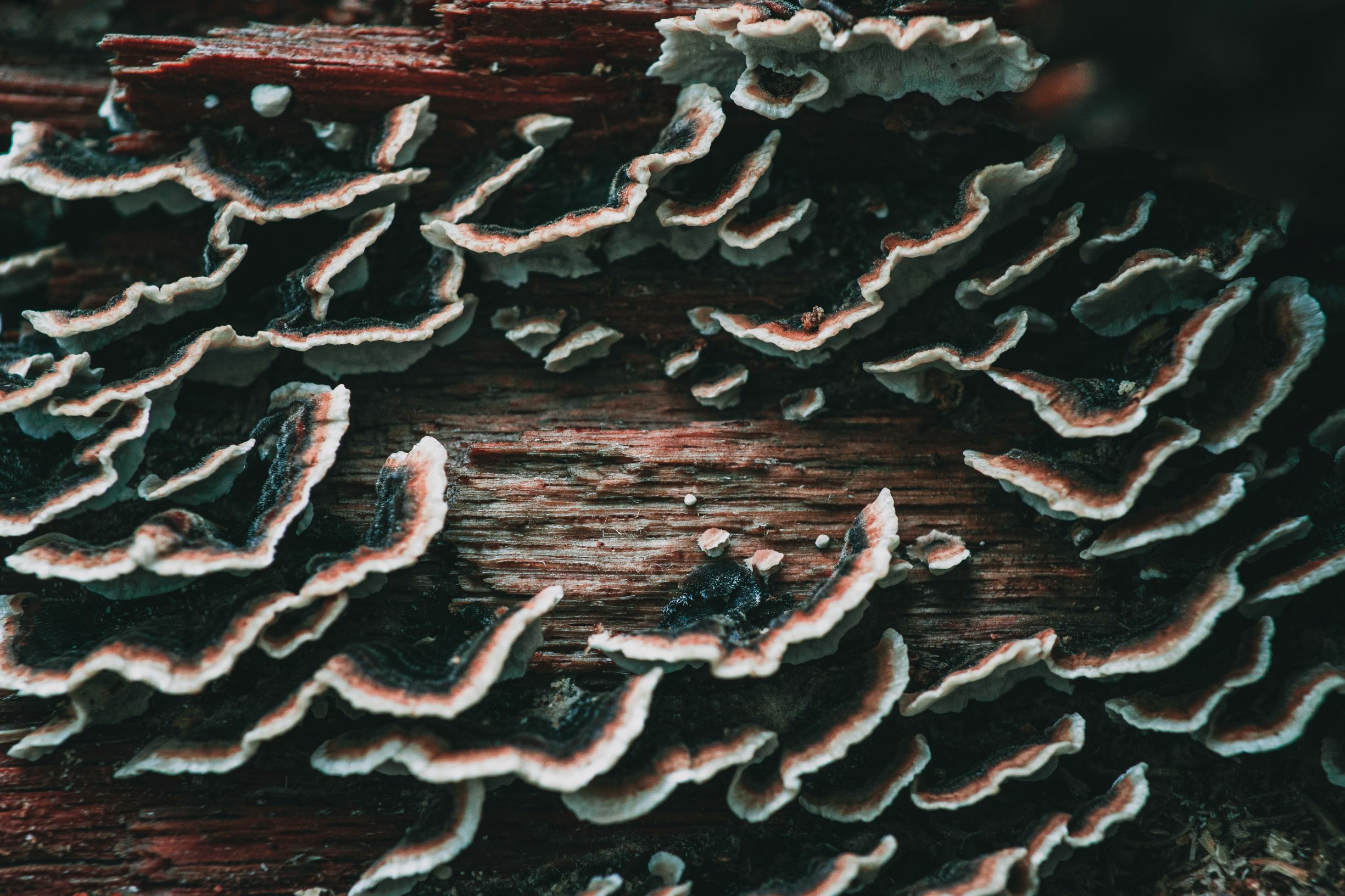Gardening in November
Calm returns
The days are getting shorter, the nights are getting colder and it is slowly becoming clear that winter is approaching. It's not just nature that is coming to rest, but also the garden. Have you safely stored the last harvests in the cellar and already winterized the soil? Then here are a few small suggestions for a relaxed November in harmony with nature.
Tidying up the garden

In the fall, the garden is prepared for the approaching winter: the beds are cleared, the vegetables are brought to safety and the garden tools are stowed away. If you have trees in the garden, you will also be busy tidying up the leaves. However, the leaves should not always be taken away! It's best to leave the leaves under trees and shrubs, between perennials and on empty vegetable beds. But why?
Protection for soil and beneficial insects

The leaves protect the soil from cold and leaching. In addition, the plant material is broken down by decomposers and then converted into valuable humus. The decomposed leaves therefore act as a natural fertilizer. In addition, the piles of leaves can be used by beneficial insects as winter quarters. Insects, hedgehogs and other garden helpers find valuable shelter in the leaves or wood debris to survive the cold season. If you have a lawn in your garden, you can simply pile up the leaves in a corner to prevent the lawn underneath from rotting.
Covering compost

Countless complex processes take place during composting. Dead plant material is decomposed, broken down into its components and finally processed into humus. Bacteria, fungi, earthworms and other microorganisms are involved in these processes. Some are responsible for decomposing the organic matter, others for mixing the whole. However, for healthy decomposition to take place, the environment must not be too damp. Especially in rainy autumns, there is a risk that the compost will become too wet and start to rot. To prevent rotting, you should therefore cover it and keep it as dry as possible.
Watch out for snails!

Unwanted inhabitants often nest in the wet material. Snails, for example, like to lay their eggs in damp compost; they look like white pearls and are usually close together. If you find snail eggs, you should remove them before they hatch and dispose of them in the household waste. This way you can protect your plants in advance and the slugs don't have to be fought in a cruel way later on.

